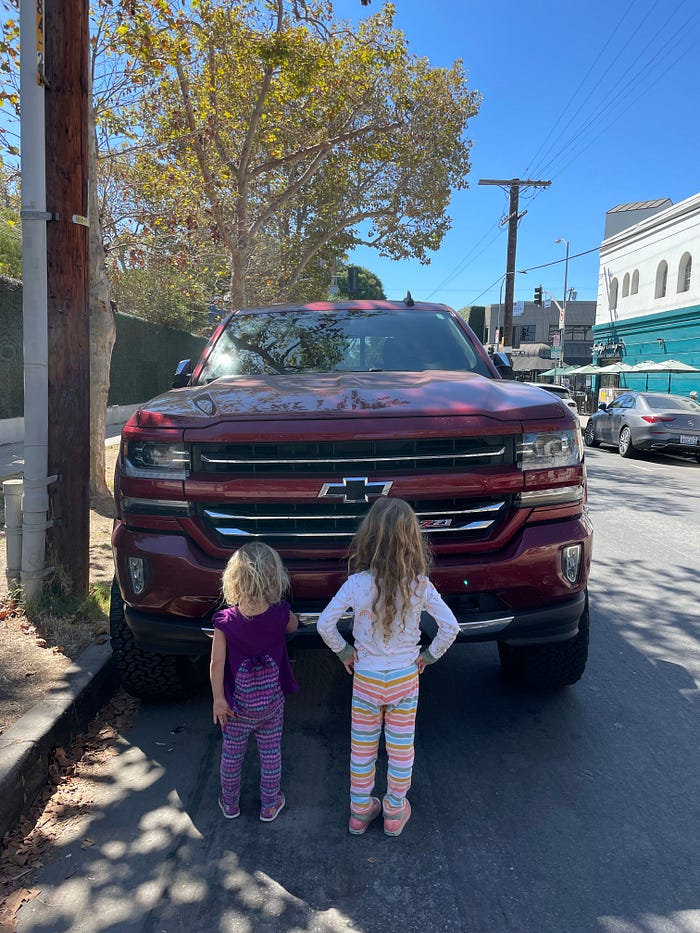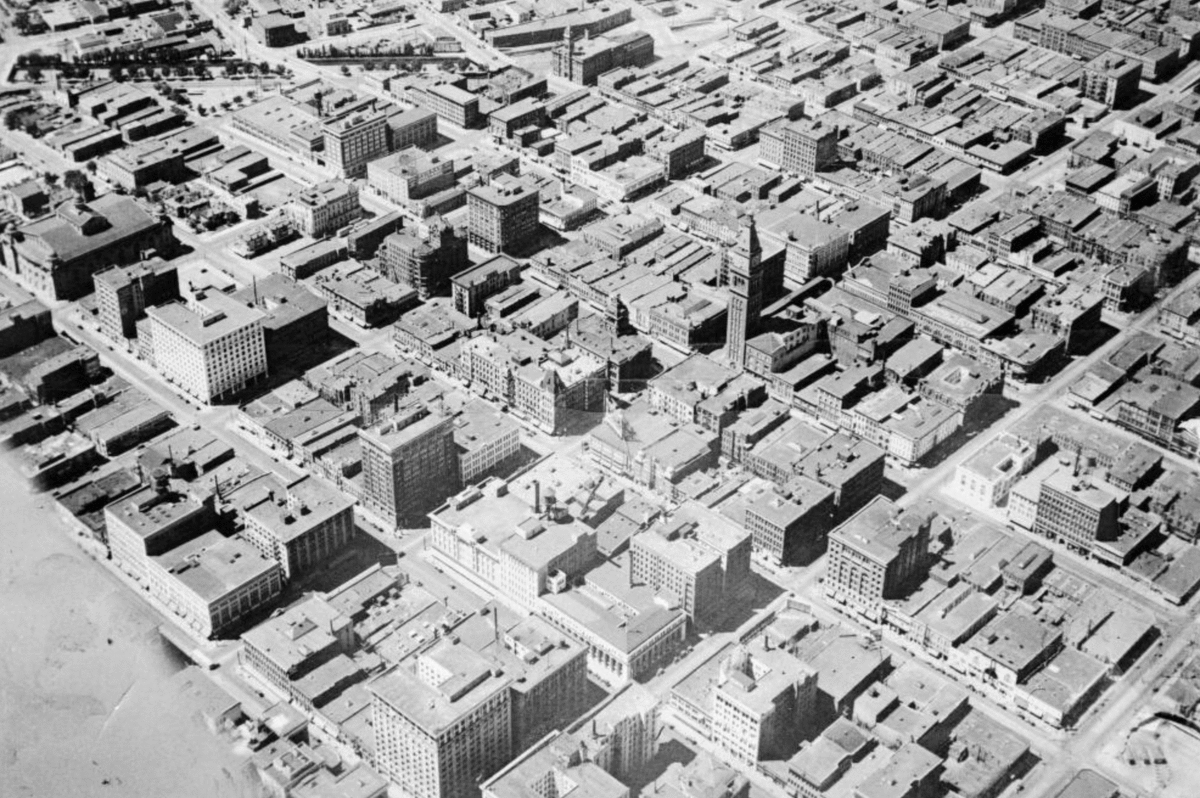The SUV arms race
In the early 80s, when I was a child, the minivan ruled the roost. “Soccer moms” (and dads) would use the vehicles to transport their kids to school, activities, and anywhere else their family needed to go.

Minivan sales peaked in 2000, and then precipitously declined in favor of the SUV. But SUVs didn’t start out as the behemoths of today — a 1999 Chevrolet Tahoe was 193 inches long, today the same car would be 211 inches. The same changes have happened to pick up trucks as well.

Why did sizes grow? As Edmunds analyst Jessica Caldwell put it: “People are willing to pay more for bigger vehicles.”
What’s wrong with bigger SUVs? If consumers demand more space and are willing to pay for it, what’s wrong with auto manufacturers responding to the market? Isn’t that just capitalism?
Well, it’s true that the SUVs of today have grown safer for those inside the vehicle. In fact, many SUVs today exceed the length of the M4 Sherman Tank, one of the most popular tanks of the Allied forces in World War 2. But these massive street legal tanks have terrible consequences for everyone outside of the vehicle:
1/ SUVS are awful for the environment. On average in the US, SUVs emit 14% more carbon dioxide than passenger cars.

2/ SUVs wear the road down faster, causing municipalities to have to repave streets every 10 years compared to 15 years for smaller cars, wasting taxpayer dollars.

3/ SUVs are more deadly for everyone outside of the vehicle. A recent study by the Insurance Institute for Highway Safety shows an 81% increase in single-vehicle pedestrian fatalities involving SUVs between 2009 and 2016. The reason for this is simple — the front grilles of the SUVs (and pick up trucks) have grown vertically as the vehicles have gotten larger overall. So instead of someone being pushed onto the hood or windshield in a crash, perhaps breaking a bone, they are now struck where their most vital organs are, and can easily be pulled underneath the vehicle.

As Andrew Hawkins of The Verge wrote, the 2021 Cadillac may be the most terrifying SUV that our country has ever produced. The vehicle is 18 feet long and six and a half feet tall — 9 inches taller than the average US male. The vehicle is so large that it’s packed full of sensors, cameras, and screens to monitor the outside the world and notify the driver if they are about to run over something, since they can’t easily see over the hood. As a result of its mammoth size, it has the largest blind spot of common SUVs and pick up trucks at 10' 2". To put it a different way, it took 13 children seated in a line in front of the vehicle before the driver could see the tops of their heads.
Here is a pick up truck from the 90’s and one from today; see the problem?

Recently, I posted something on social media about how we view the cost of a $3,000 e-bike as expensive vs a $15,000 car as inexpensive and a friend commented this in response:

Her comment made me so sad, and yet I get the logic. If all of the cars around us grow in size, if we don’t adapt we risk greater injury in the event of a crash. Yet the SUV arms race is unbelievably destructive. It prevents us from fighting climate change, it discourages people to bike or use a scooter (especially tragic in a City like LA, with year-round perfect weather and an average trip of 3 miles). It encourages bigger and more car parking facilities and locks us in a neverending downward spiral.

So what do we do? We need to start with a nationwide Vision Zero effort and corresponding federal legislation mandating maximum heights, widths, and weights of vehicles. Yes, the auto manufacturers will throw up their hands and claim they’re just responding to what the market wants — but the tobacco manufacturers said the same thing. Sometimes, consumers don’t know what’s best for the greater good, and the government needs to step in.
My goal in the next year is to find a federal champion (either in the House of Representatives or Senate) that sees the data and shares my alarm, and is willing to sponsor legislation to fix this. Safety must not just be the safety of those inside the vehicle, it must be considered the greater context of what happens to people outside the vehicle in the event of a crash — and, of course, the dramatic consequences of climate change.